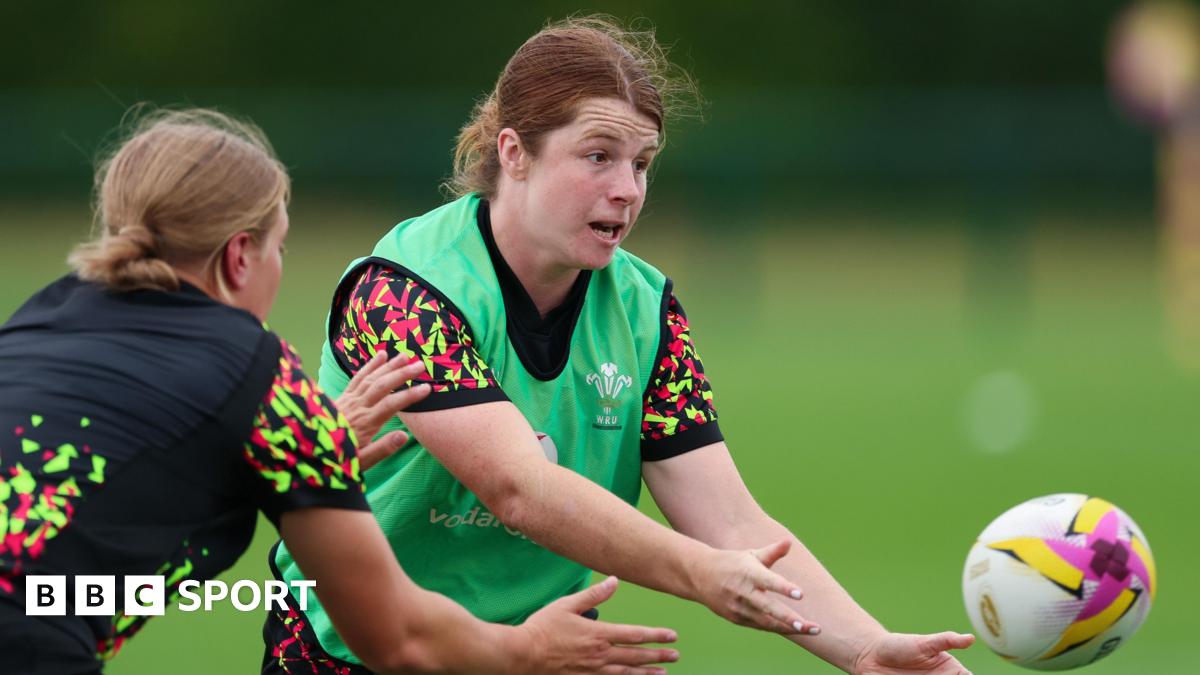After the physios and doctors have looked at the data, adaptations can be made in training, which could include a reduction of intensity, taking out extra conditioning or in a lot of cases adding extra mobility sessions in the warm-up.
“It’s about working out how can we maximise ourselves and when you are not feeling so great [bleeding], how can we adjust things like the gym to suit you,” explained Dow.
“You are not going to get PBs [personal bests] and that is OK.
“The coaches are not going to go, ‘can you push?’, because we know that that isn’t going to happen and that isn’t something to be frowned upon.”
Jarrell-Searcy, 26, said her team’s coaches are “very careful with our numbers and pushing into what they call, the red zone”.
The red zone can be seen where a player is in a state where they are fatigued and more at risk of injury through tiredness.
“It’s cycle informed, but it’s not as cycle mediated,” added Jarrell-Searcy.
This means the menstrual cycle doesn’t control what adaptations are made, it just influences decisions made by the professionals.
The menstrual cycle is personal, so often the physios will monitor the player during the sessions and games, but it is unlikely they will sit out training or a game.
“The perception of a period can take over, but when the players have their rugby head on, they tend to be focused and pretty involved,” said Okell.
Regardless of periods, Jarrell-Searcy added the game schedule stayed the same and a bleed was “not going to make or break you as an athlete”.
There are other things to aid players during stages of their menstrual cycle.
Clubs have nutritionists who can use the tracking data from players to help prepare the body for the bleed and ensure they get enough nutrients before, during and after sessions.
For example, an athlete will eat more carbohydrates to give them the energy stores they need.
“Some athletes will have a heavier bleed than others and we have to look at whether they will need some medical intervention in terms of adding in tablets.” added Okell.
This would give athletes more vitamins and minerals they might lose during a bleed.
She added: “We’re not men’s athletes, so we need to more so than just 40g of protein a day every day.”
“It’s not like this like 24-hour cycle that they (men) get to have,” said Jarell-Searcy. “We do need to be aware that you have to increase your intake of certain things and your behaviour around recovery to accommodate your hormonal fluctuations.”
Players also take things to try to minimise the pain of cramping in the stomach so they can continue to perform.
This includes ‘Sylvia’s Cramp Cocktail’ – named after a former member of the USA medical and physio team – which is a mixture of vitamins and minerals designed to replace those lost during a bleed.
“You just take it and then tough it out for the the next 20 minutes until it kicks in and then you’re OK to train,” revealed Jarrell-Searcy.








